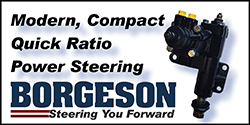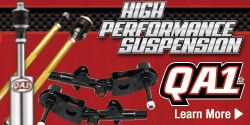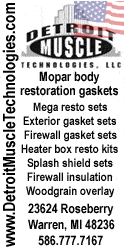dibbons
Well-Known Member
I just noticed the #1 main bearing saddle has "three" oil hole passages (not "one" like the other saddles). I become easily confused when trying to interpret those oil path diagrams/sketches with the arrows going every which way.
Is someone out there qualified to explain in plain English, the path(s) the oil takes in a small block Mopar from oil pickup screen to falling back into the oil pan. Please no sketches or fotos, just tell me how it is! Thank you.

Is someone out there qualified to explain in plain English, the path(s) the oil takes in a small block Mopar from oil pickup screen to falling back into the oil pan. Please no sketches or fotos, just tell me how it is! Thank you.
















